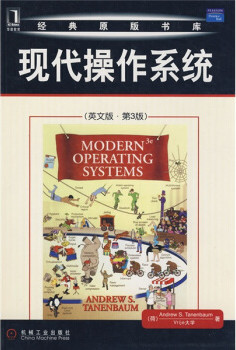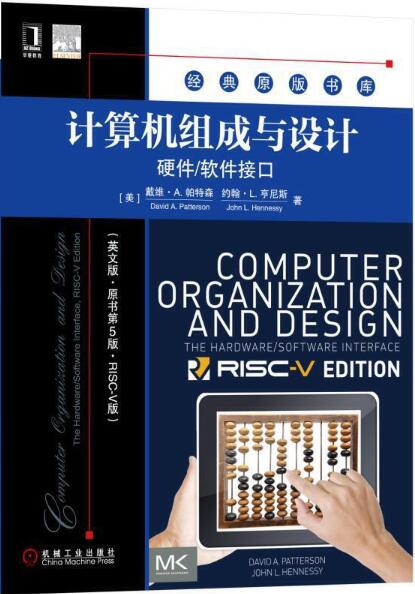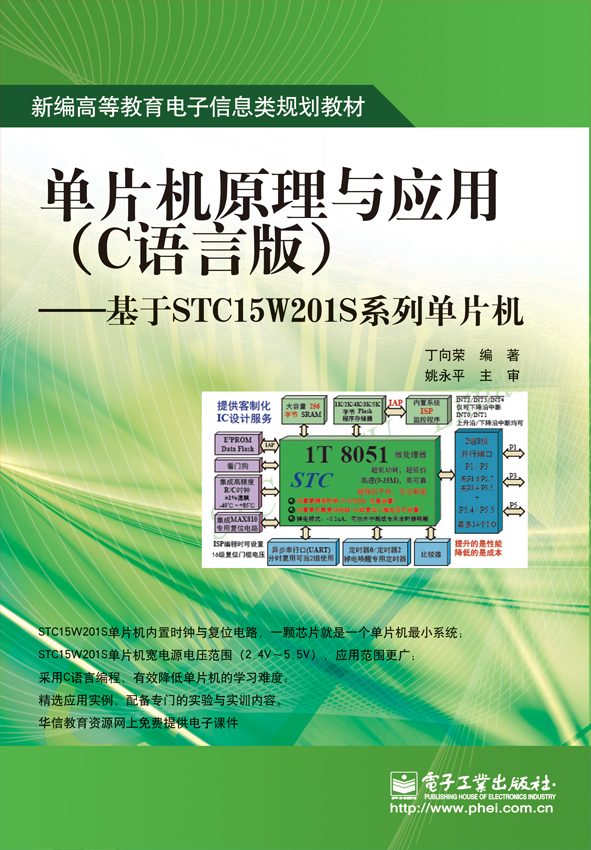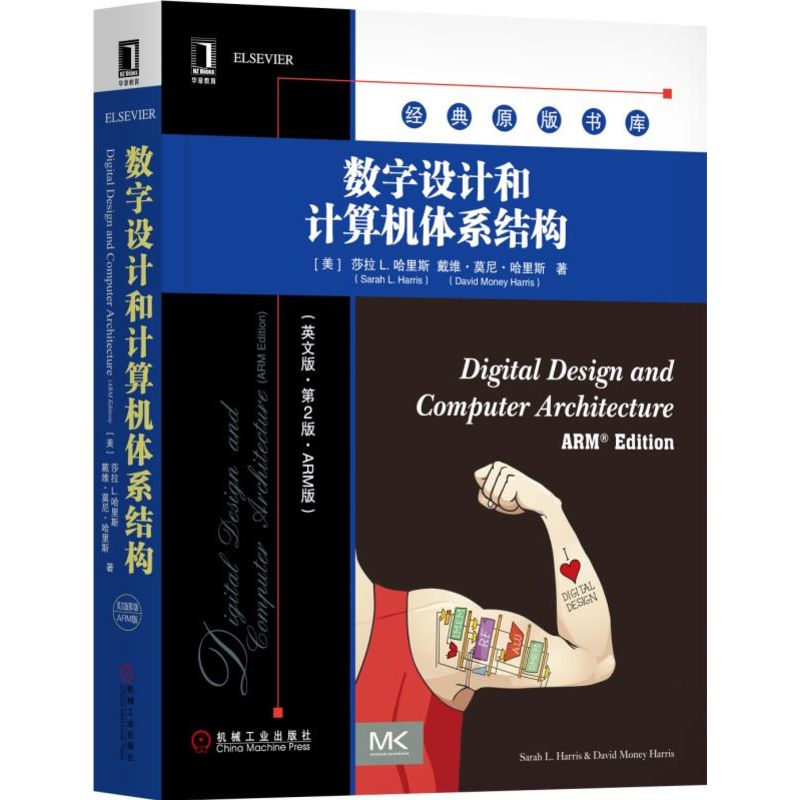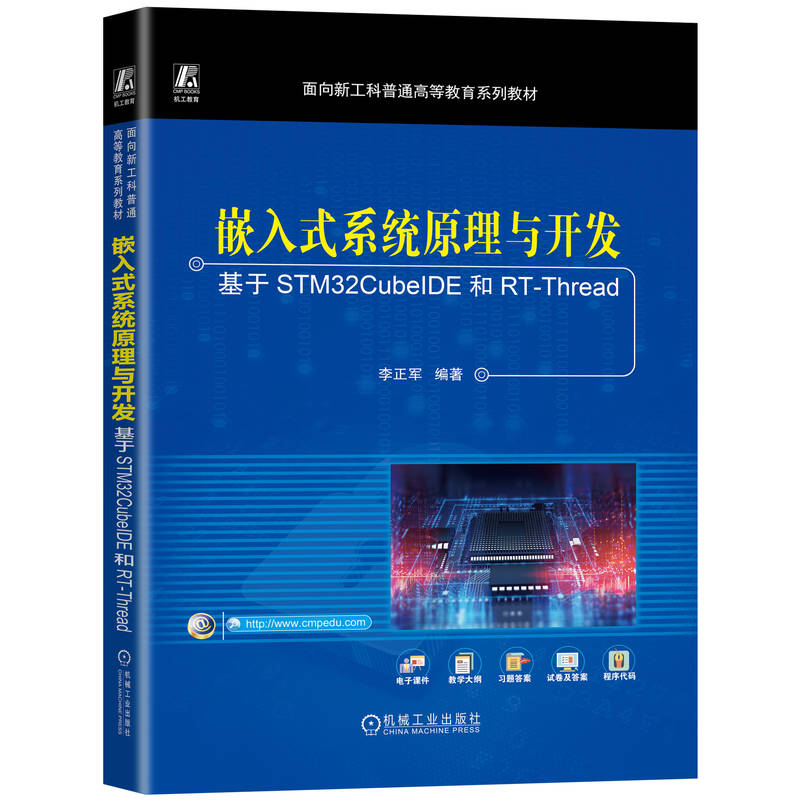高性能嵌入式计算(英文版)(第2版) / 经典原版书库
作者: [美]Marilyn Wolf
出版时间:2015-05
出版社:机械工业出版社
- 机械工业出版社
- 9787111499305
- 1版
- 319075
- 46210010-8
- 平装
- 16开
- 2015-05
- 750
- 500
- 计算机类
- 本科
《高性能嵌入式计算(英文版·第2版)》第2版经过全面更新和扩展,涵盖了现代高性能嵌入式系统设计领域使用的广泛技术。现在智能手机、飞机、汽车、电力设备、医疗设备等许多应用都在使用嵌入式多处理器,所以让系统设计人员理解这些复杂技术必须依赖越来越复杂的硬件、软件和设计方法是非常重要的。
Wolf教授采用一种独特的量化方法来论述现代嵌入式计算系统的设计,解释如何定义和实现性能、功耗和成本的量化目标。贯穿全书的实际应用使得本书对专业人员、研究人员和学生来说都是及时且非常有价值的资源。
第2版主要特点:
包含全新的一章,讨论信息物理系统(CPS)——将控制理论和嵌入式计算相结合的新兴智能系统。
讨论嵌入式计算的高级主题,包括针对嵌入式系统的热感知设计、可配置处理器、实时约束和功耗的软件优化、异构多处理器和嵌入式中间件。
深入讨论网络、可重配置系统、软硬件协同设计、安全和程序分析。
Preface to the Second Edition
Preface to the First Edition
Acknowledgments
CHAPTER l
Embedded Computing
1.1. The landscape of high-performance embedded
computing .
1.2. Cyber-physical systems and embedded computing.
1.2.1. Vehicle control and operation
1.2.2. Medical devices and systems.
1.2.4. Radio and networking.
1.2.5. Multimedia.
1.3. Design methodologies .
1.3.1. Why use design methodologies?
1.3.2. Design goals .
1.3.3. Basic design methodologies
1.3.4. Embedded system design flows
1.3.5. Standards-based design methodologies
1.3.6. Design verification and validation
1.3.7. A methodology of methodologies
1.3.8. Joint algorithm and architecture development
1.4.1. Why study models of computation?.
1.4.3. Stream-oriented models
1.4.4. Representations of state and control.
1.4.5. Parallelism and communication
1.4.6. Sources and uses of parallelism
1.5. Reliability, safety, and security. . .
1.5.1. Why reliable embedded systems?.
1.5.2. Fundamentals of reliable system design.
1.5.3. Novel attacks and countermeasures
1.6. Consumer electronics architectures.
1.6.2.WiFi
?CHAPTER 2
1.6.3. Networked consumer devices
1.6.4. High-level services
1.7. Summary and a look ahead.
What we learned
Further reading
Lab exercises .
CPUS
2.2. Comparing processors. :::::::::::::I:i
2.2.3. Embedded vs. general-purpose processors.
2.3. RISC processors and digital signal processors
2.3.1. RISC processors “{
2.3.2. Digital signal processors i
2.4. Parallel execution mechanisms.
2.4.1. Very long instruction word processors . :
2.4.2. Superscalar processors
2.4.3. SIMD and vector processors.
2.4.4. Thread-levelparallelism
2.4.5. GPUs
2.4.6. Processor resource utilization.
2.5. Variable-performance CPU architectures ,.
2.5.1. Dynamic voltage and frequency scaling.
2.5.2. Reliability and error-aware computing.
2.6. Ptocessor memory hierarchy.
2.6.1. Memory component models .
2.6.4. Scratch pad memory
2.7. Encoding and security
2.7.1. Code compression
2.7.3. Low-power bus encoding
2.8.2. Direct execution .
2.8.3. Microarchitecture-modeling simulators
?CHAPTER 3
2.8.4. Power and thermal simulation and modeling
2.9. Automated CPU design.
2.9.1. Configurable processors
2.9.2. Instruction set synthesis
2.10. Summary.
What we learned
Further reading :.
Lab exercises .
ProgramS
3.1.Introduction
3.2. Code generation and back-end compilation
3.2.1. Models for instructions .
3.2.2. Register allocation.
3.2.3. Instruction selection and scheduling.
3.2.5. Programming environments
3.3. Memory-oriented optimizations
3.3.1. Loop transformations
3.3.2. Global optimizations.
3.3.3. Buffer, data transfer, and storage management
3.3.4. Cache- and scratch pad-oriented
3.3.5. Main memory-oriented optimizations
3.4. Program performance analysis
3.5. Models of computation and programming
3.5.1. Interrupt-oriented languages .
3.5.2. Data flow languages
3.5.3. Control-oriented languages
3.5.4. Java
3.5.5. Heterogeneous models of computation .
Lab exercises .
?CHAPTER 4 Processes and Operating Systems.
4.1. Intrc)dLicti
4.2. Rcal-tiI11c pi‘‘)ce~N schecluling
4.2.1. Prclinlinarie~
4.2.2. Rcal-ti111c、cllcLlulillg Lllg()lillll11、
4.2.3. Multi-crilicalily~cllccluling. .
4.2.4. Scheduling l'or dynamic x【)ltagc all Ll rrequency
4.2.5. Pcilbrma]icc esliniati()11 .
4.3. gumgcs andschcclulin.
4.4. Opcrating~ysfem【le~ign
4.4.1. Mc ry l11anagcmcnt in cnlhc Ll(lccl operating
4.4.2. Siructurc()I' a rcal-ti
4.4.3. Opcratillg systen vcrhcacl .
4.4.4. Support for schcduling.
4.4.5. Intcrprc)ccss c: nuIlica“ion l11cchalli、ms.
4.4.6. Pc)we~
4.4.7. File systcms in cmheclclcd dcviccs.
4.5. VcriIic:Itic,n
Furthcr readillg
Queslion、
IJab excrcii
CHAPTER 5
M ultiprocessor Architectures ._ - _ _.-.,
5.1. IntrodLicti【)【1 .
5.2. Why embccldccl multiproccssors? .
5.2.1. Rcquircmenti, on cmhcctdcd systcins.
5.2.2. PeI'1i)1·111:lIlce and cllcl1掣y
5.2.3. Spccializaiion ancl l¨ultiproccN~【)rs.
5.2.4. Flcxihiiily and cllicicllcv
5.3. Multipn)cchsor dcsign Icchiiiq LIe、. . .
5.3.1. Multiproccssor dcsign iiicilic)dc)l‘)gics .
5.3.2. Mulciprocesm)r moclcling zind ,i lalion.
5.4. MultipI‘()ceswr architccturch
5.5. Prc,cessing clcincnts
5.6. Intercc)iincction network\
5.6.2. Nciwc)rk topo~gics .
5.6.3. I《)Ll[in!:lIl(1 ll¨w c Irc)
5.6.4. Nctworkh-c)li-chil)、
?CHAPTER 6
CHAPTER 7
5.7. Memory systems
5.8. Physically distributed systems and networks
5.8.2. Time-triggered architecture.
5.9. Multiprocessor design methodologies
What we have learned .
Questions
Multiprocessor Software ¨
6.2. What is different about embedded multiprocessor
6.3. Real-time multiprocessor operating systems .
6.3.2. Multiprocessor scheduling
6.3.3. Scheduling with dynamic tasks ,,.
6.4. Services and middleware for embedded
multiprocessors
6.4.1. Standards-based services
6.4.2. System-on-chip services
6.5. Design verification
What we have learned
System-Level Design and Hardware/Software
7.2. Performance estimation
7.2.1. High-level synthesis .
7.2.2. Accelerator estimation
?CHAPTER 8
(JlOi,sary .
Refercnccs
7.3. Hardware/softwarc c‘)一i,ynthcSiS algoriiiil11s
7.3.2. Platform rcprchentati(1n~
7.3.3. Tcmplatc-clrivcn syiithcsis alg()rithn" .
7.3.4. Co-synthcsis or gcncral Inultipr‘)cessors
7.3.5. Multi一()hjcctive optimization
7.3.7. Mcmory systcms
7.3.8. Co-synthcsis 11)r iec()nfigurahic hystems
7.4. Electronic syi,tcm-lcvcl dcsigI1
7.5. Thcrmal-aware dCsign .
7.6. Reliability .
7.7. Syi,tem-Icvcl simulation .
What wc. havc lcarncd .
Furthcr rcacling .
Lab excrciscs
Cyber-Physical Systems .
8.1. IntrodLicti()11.
8.2.C【)nIrol thc()ry zmcl hyStC nlS.
8.3. Conll’()l/cmnpuling co-clcsi:Jn
8.4. Netxvc)rke~
8.5. Dcsign mcihociologie~ .
8.5.1. Moclcl-basccl design
What wc havc learned .
Furthcr rcading
I_zih cxcrciscs .


